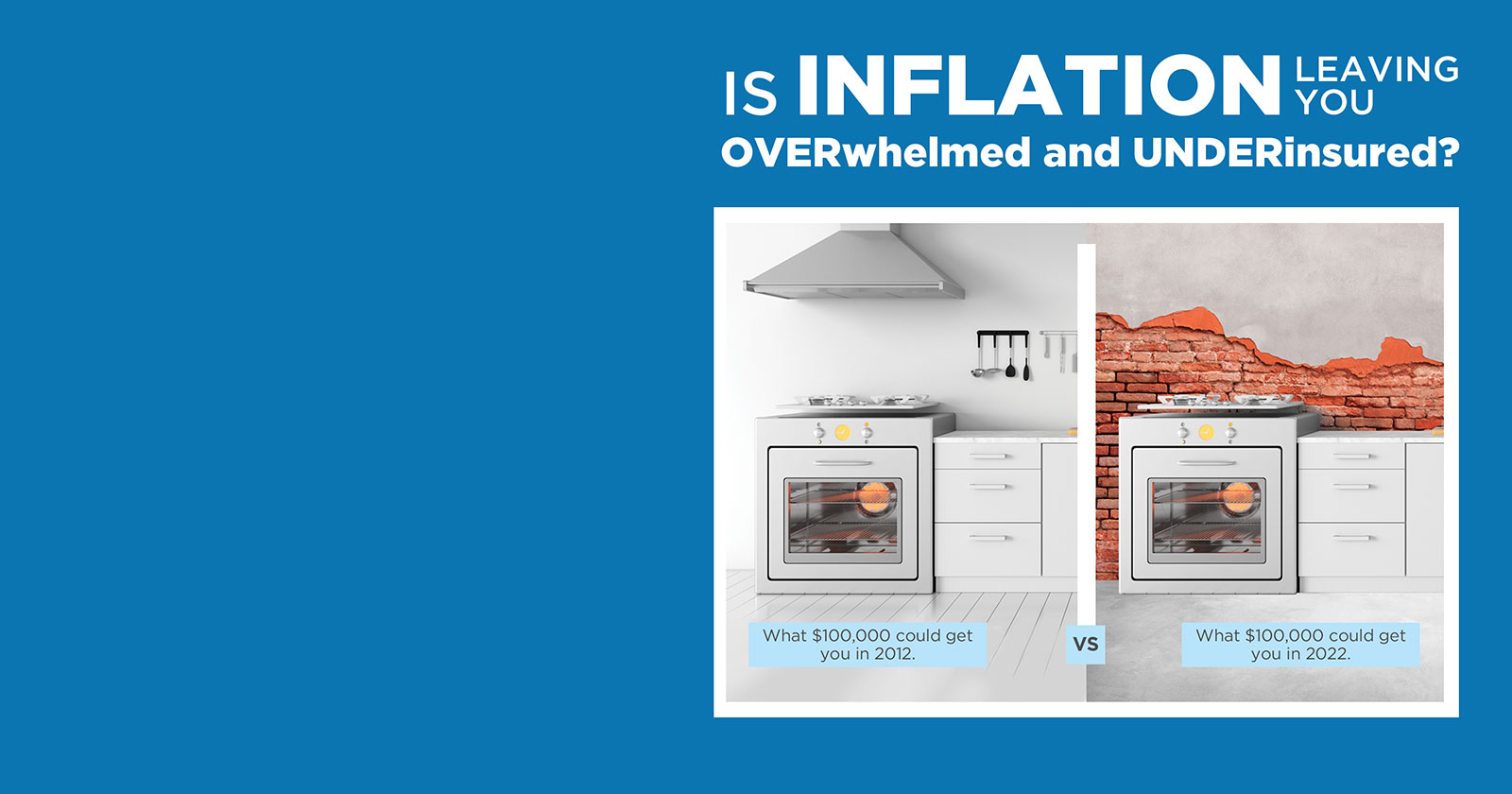Economic Stability: Inflation and Monetary Policy Strategies

Navigating Economic Stability: Inflation and Monetary Policy
In the intricate dance of economic forces, the relationship between inflation and monetary policy plays a pivotal role in shaping the stability of economies worldwide. This article explores the dynamics of this relationship, examining how policymakers employ monetary policy strategies to manage inflation and foster sustained economic health.
Understanding Inflation: The Economic Balancing Act
Inflation, the rise in the general price level of goods and services, is a natural part of economic cycles. However, when left unchecked, inflation can erode the purchasing power of currency, disrupt financial planning, and create uncertainty in the markets. Achieving a delicate balance between moderate inflation and price stability is a key objective for policymakers.
The Role of Monetary Policy in Inflation Management
Monetary policy, controlled by central banks, serves as a powerful tool to manage inflation. By adjusting interest rates and influencing the money supply, central banks aim to control the overall demand in the economy. The goal is to prevent excessive inflation without stifling economic growth, striking a balance that promotes stability and prosperity.
Interest Rates as a Key Instrument
One of the primary instruments in the monetary policy toolkit is the manipulation of interest rates. When inflation is on the rise, central banks may opt to raise interest rates. This measure is designed to cool down economic activity by making borrowing more expensive, curbing spending, and ultimately mitigating inflationary pressures.
Quantitative Easing in Extraordinary Times
In times of economic crisis or deflationary risks, central banks may resort to unconventional measures such as quantitative easing (QE). Through QE, central banks inject money into the financial system by purchasing financial assets. This infusion of liquidity aims to stimulate spending, boost economic activity, and ward off the threat of deflation.
Inflation Targeting: A Precision Approach
Many central banks adopt inflation targeting as a monetary policy framework. Inflation targeting involves setting a specific inflation target and using policy tools to achieve and maintain that target. Clear communication of these targets helps manage public expectations and allows for a more effective implementation of monetary policy.
Challenges in the Face of Global Interconnectedness
In an era of global economic interconnectedness, the effectiveness of monetary policy in managing inflation is influenced by international factors. Exchange rate fluctuations, global commodity prices, and cross-border economic events can impact domestic inflation. Policymakers must navigate these external influences to formulate resilient monetary policy strategies.
Communication Strategies for Policy Effectiveness
Effective communication is a crucial aspect of monetary policy. Central banks carefully communicate policy decisions, objectives, and economic outlooks to the public and financial markets. Clear communication enhances transparency, builds trust, and allows businesses and individuals to make informed decisions based on the anticipated direction of monetary policy.
The Impact of Technology and Innovation
In the digital age, technology and financial innovation are reshaping the landscape of monetary policy. Central banks explore innovative tools, digital currencies, and advanced data analytics to enhance their ability to manage inflation effectively. The integration of technology into monetary policy strategies reflects


